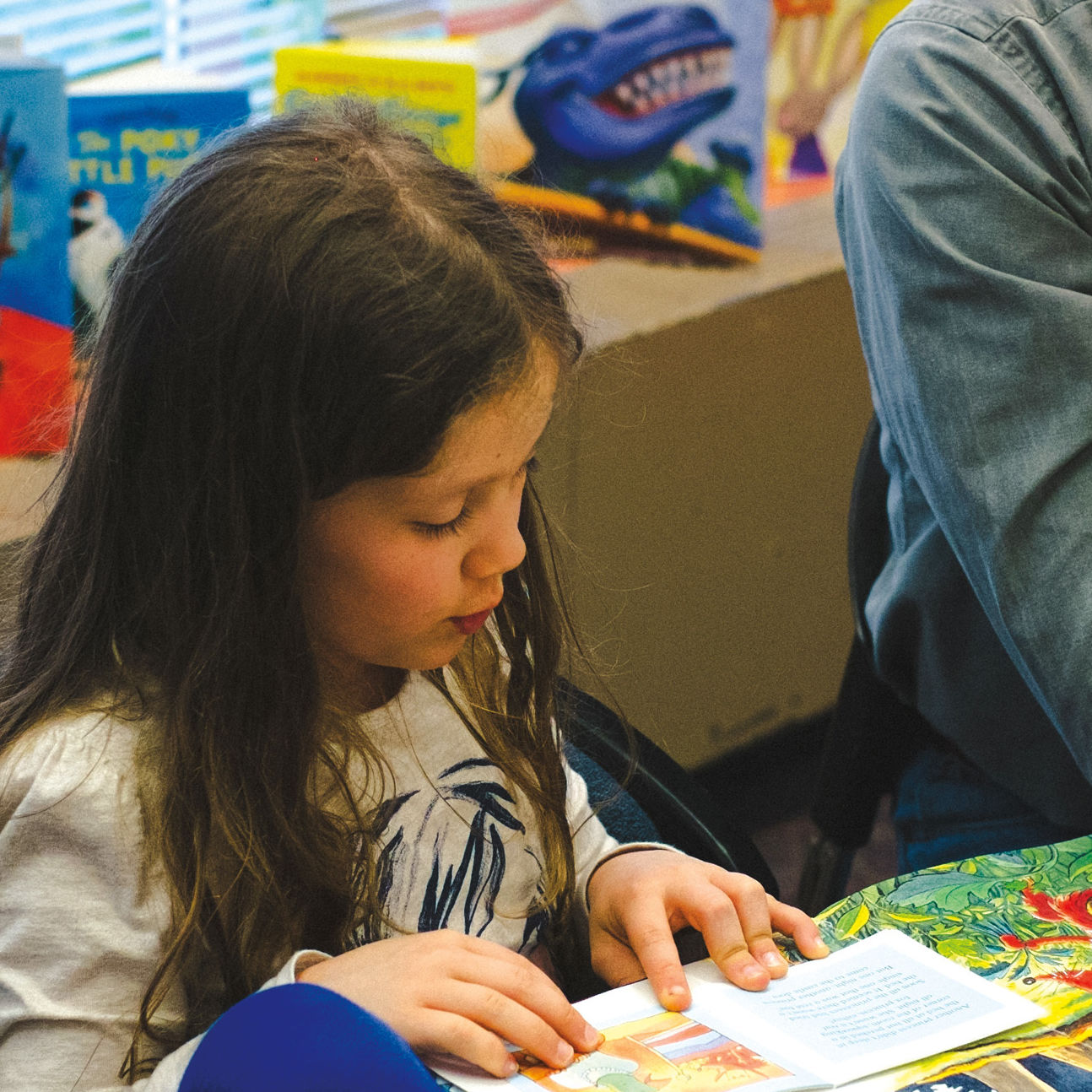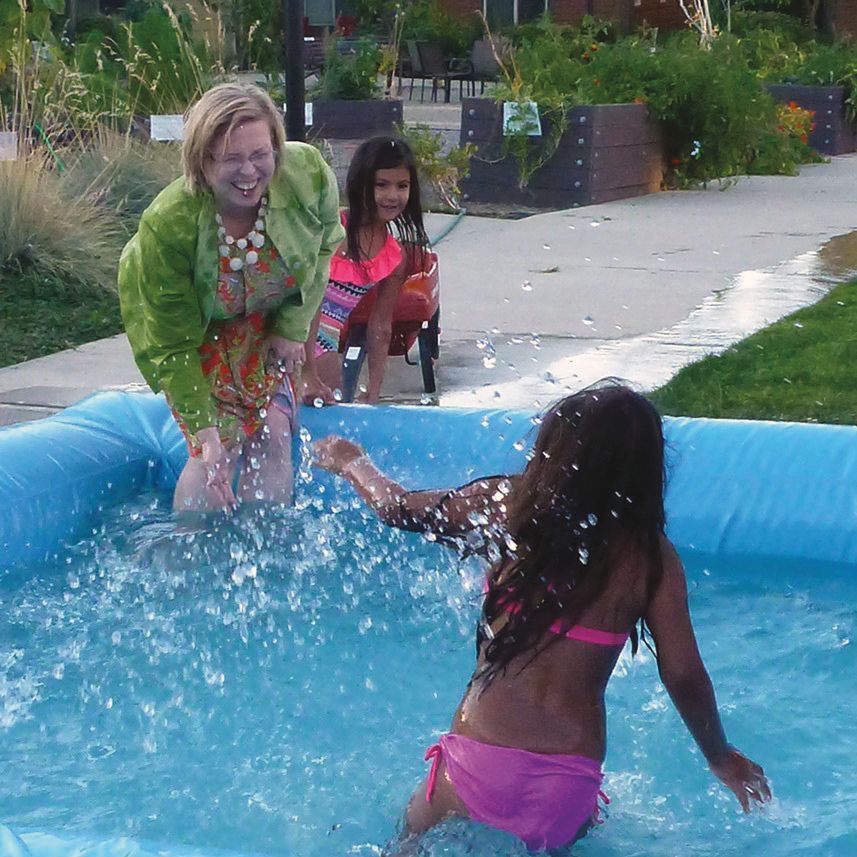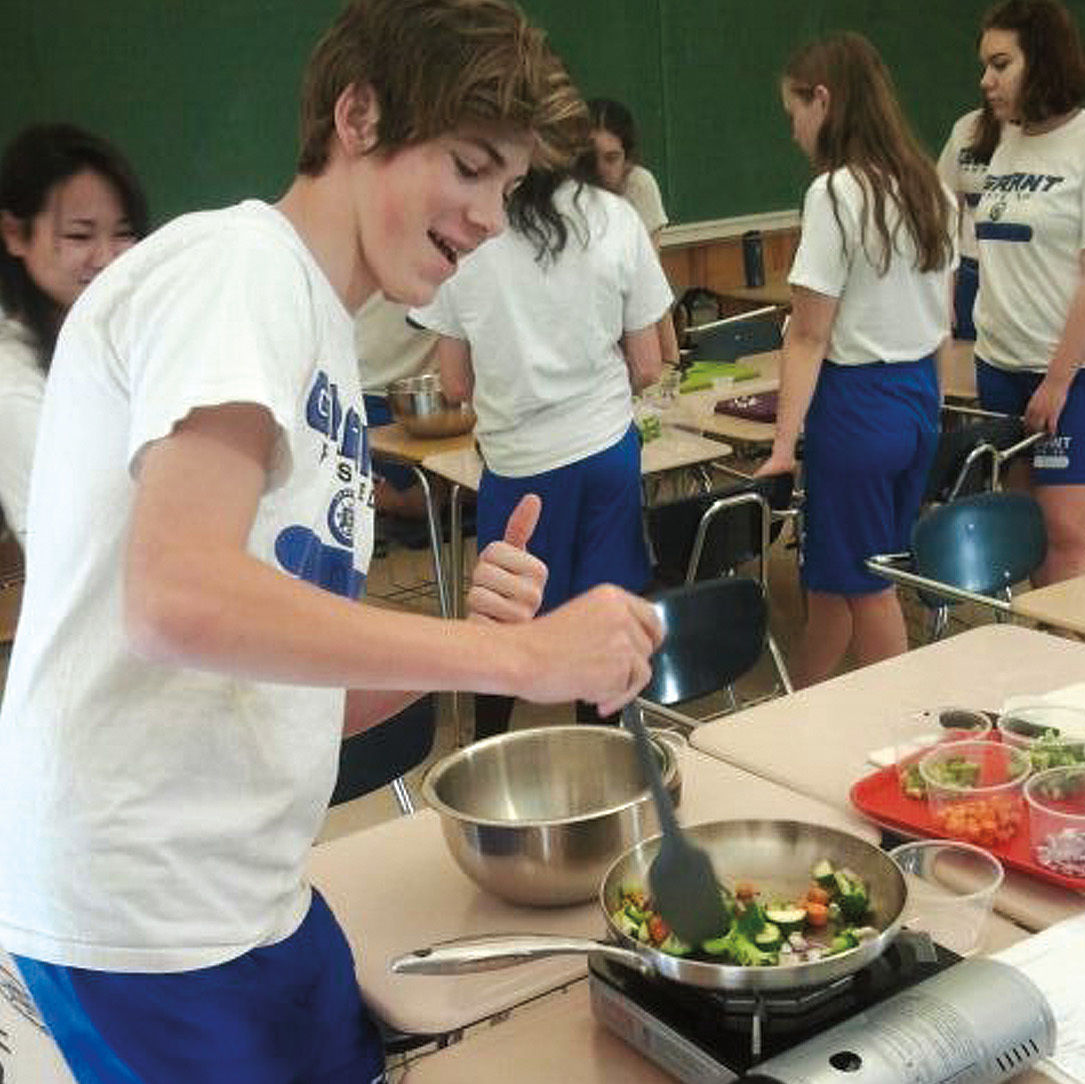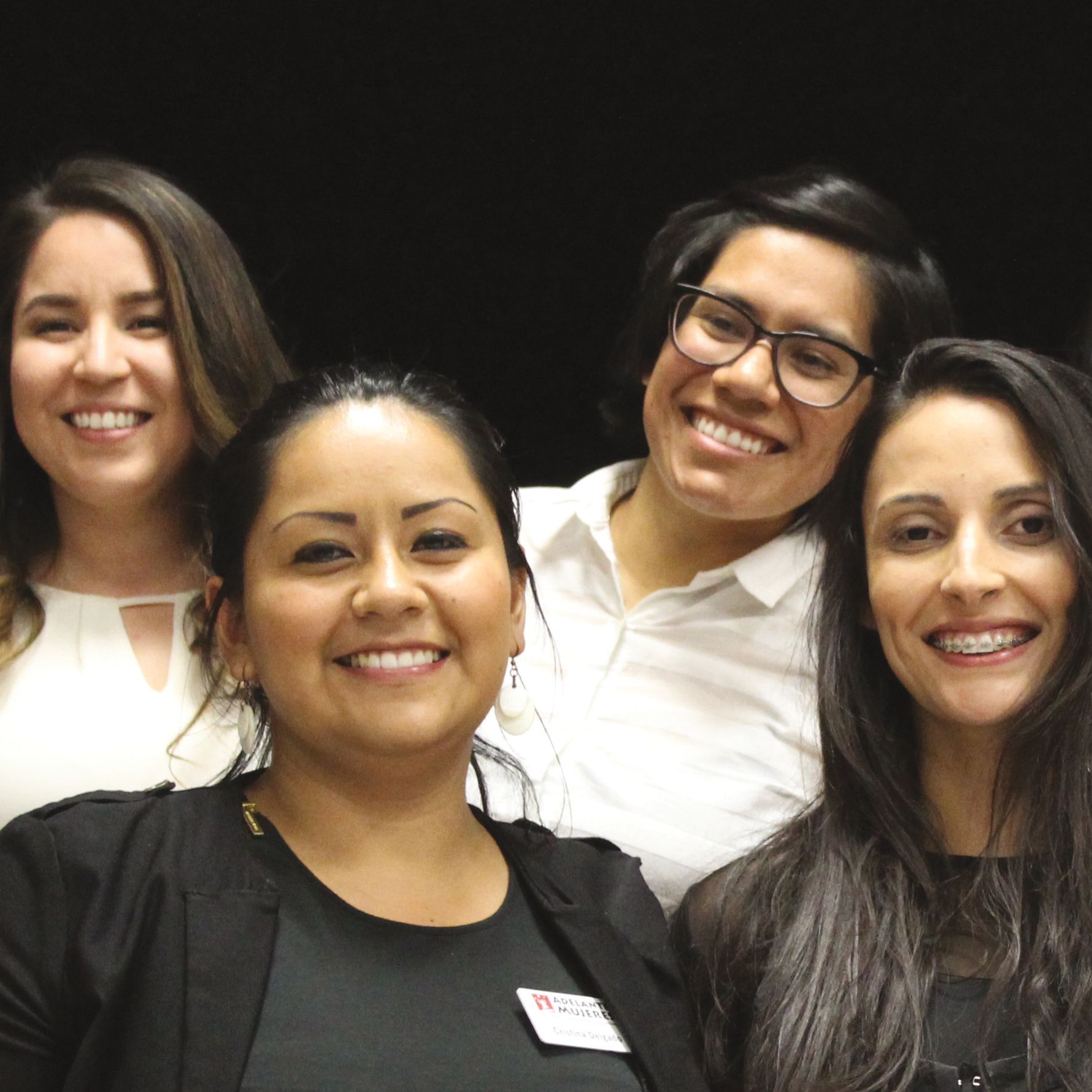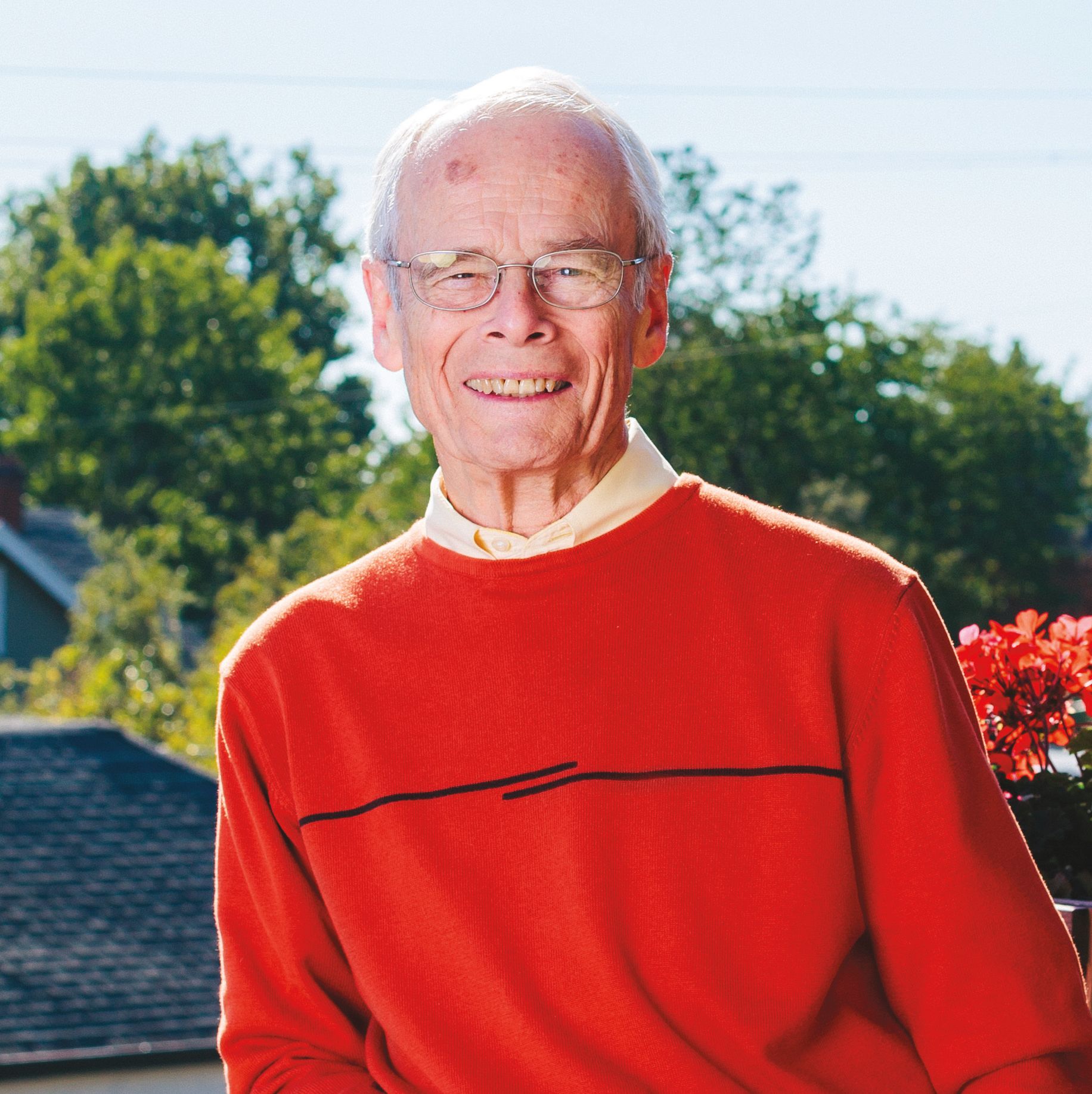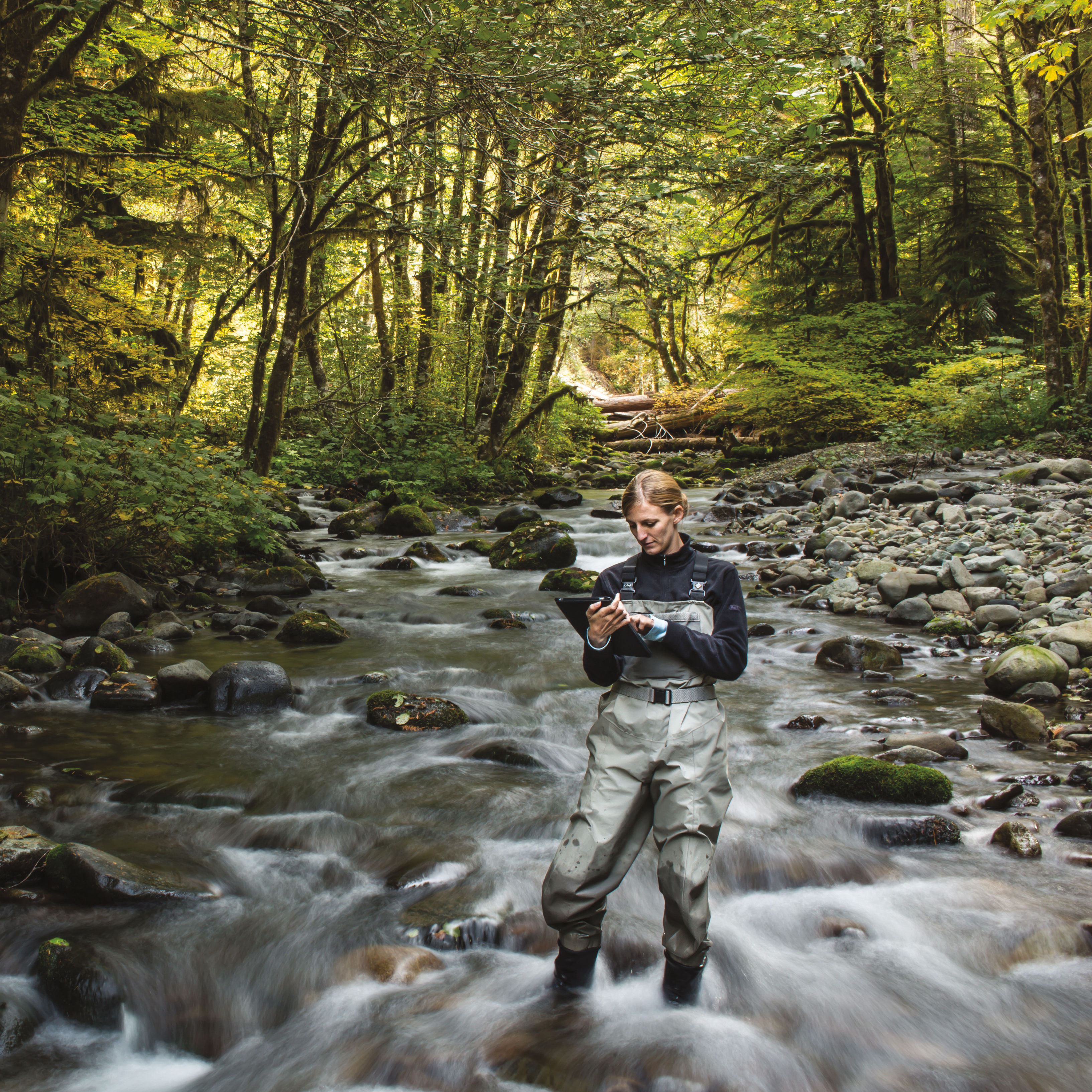How the Portland Community ToolBank Helps Nonprofits Build a Better City
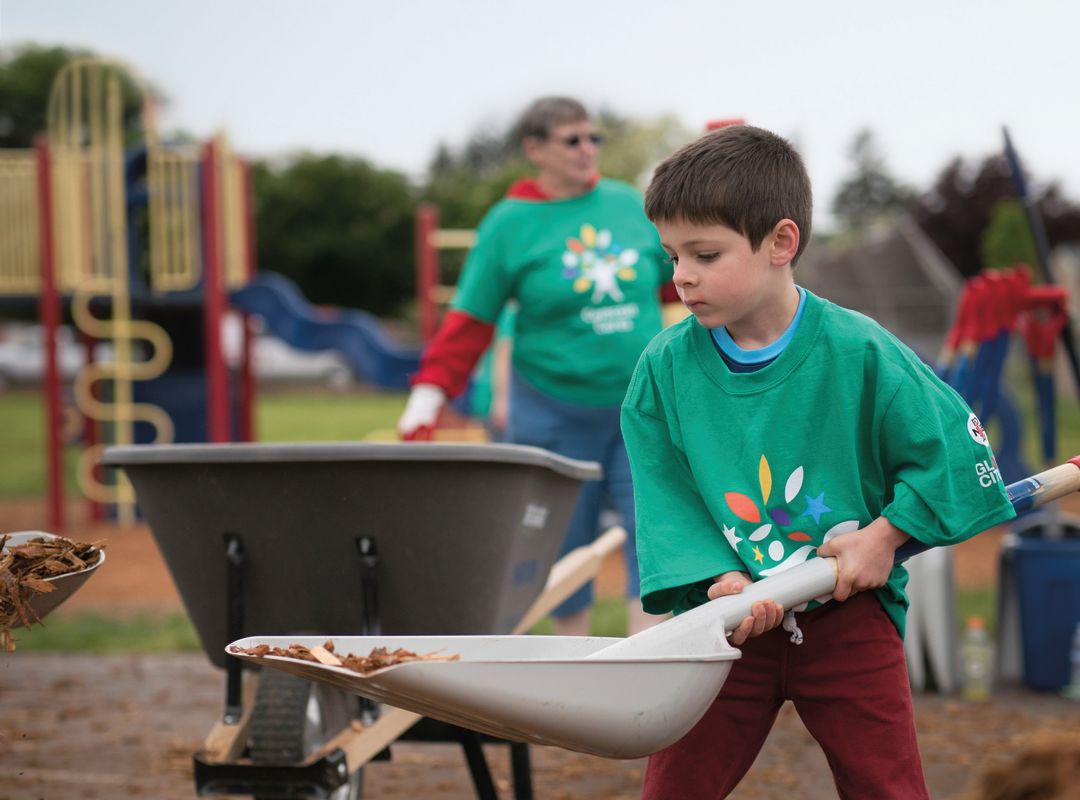
Hidden away in a secure warehouse in Northeast Portland is a tinkerer’s paradise: 150 different types of tools—nearly 10,000 individual tools total—from power drills and circular saws to ladders, hedge shears, paint sprayers, and shovels. Any Portland nonprofit or other community-building organization is free to use them. So far, these tools have built playgrounds for children, and ramps for disabled veterans, and cleaned up neighborhoods, streets, and beaches.
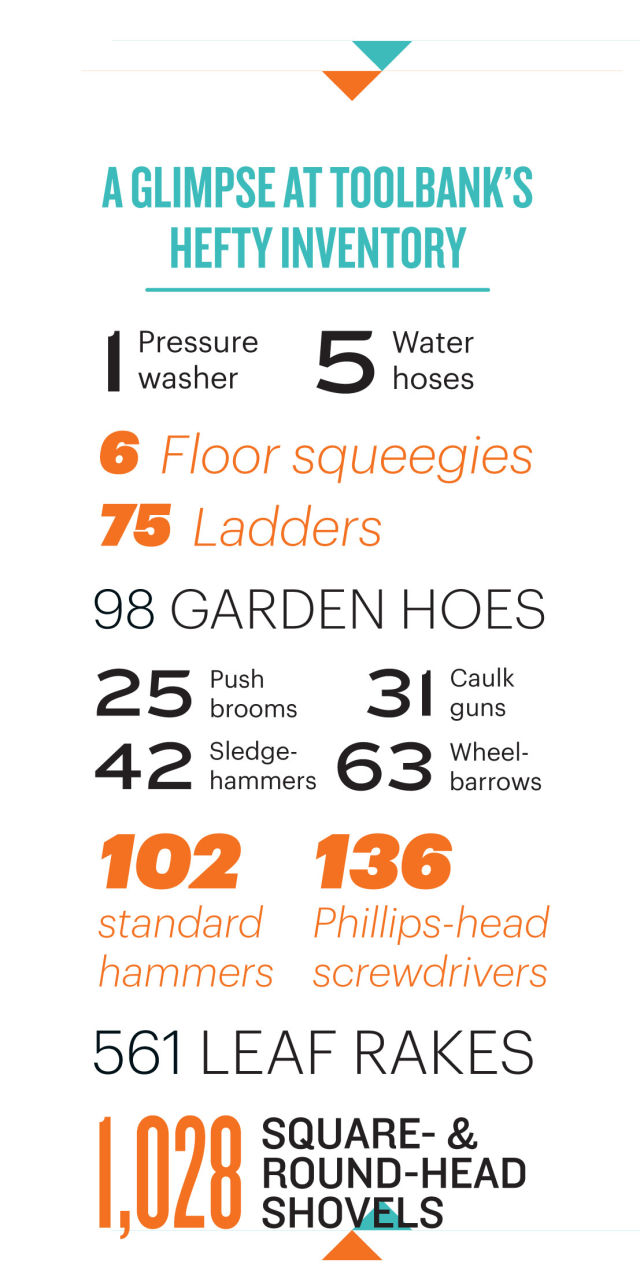
“We have almost every type of tool,” says Zoya Kumar, the ToolBank’s executive director and only employee. “The projects we’ve done have been very small, to sometimes very large.”
Since opening to the public in 2015, the ToolBank has thrived so far on Kumar’s personal energy. She does outreach, branding, and marketing, as well as inventory, racking, stocking, staging, and maintaining the thousands of tools in the warehouse. Borrowing from ToolBank is dirt simple: organizations submit a onetime online application, which Kumar vets to make sure the group meets the Toolbank’s antidiscrimination and inclusiveness standards. Then it can place online orders for the needed tools.
Rental prices are 3 cents on the dollar—meaning a shovel that cost the ToolBank $10 will cost nonprofits only 30 cents to borrow for a week.
“This is where the value of ToolBank comes in,” explains Kumar. “It is much more effective for any kind of nonprofit to borrow from us, versus having to purchase, store, and maintain their own tools.”
In the future, Kumar hopes to hire a full-time warehouse manager, as well as invest in safety and event equipment. (“All these nonprofits do charitable walks—they have to rent canopies, chairs, tables, podiums, all the AV. It’s really, really expensive.”) For now, however, she is just happy to see organizations using the tools.
“The projects you see, and the volunteers doing them—I feel good at the end of the day,” she says. “I feel inspired by them.”

